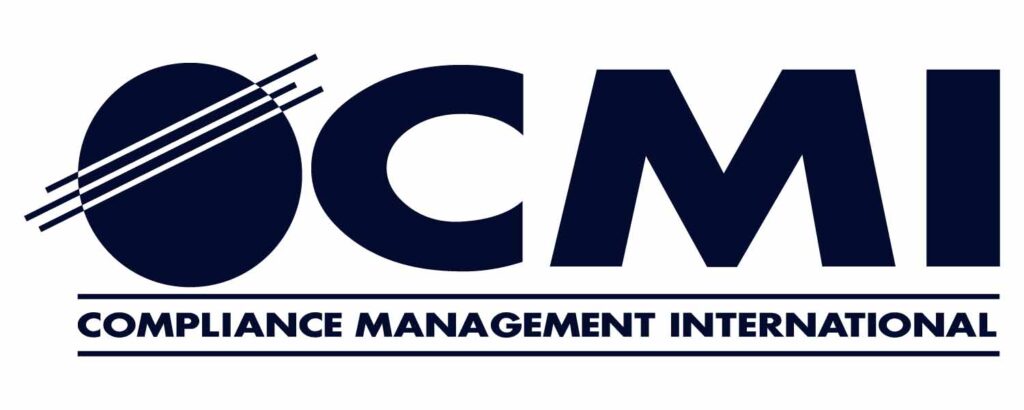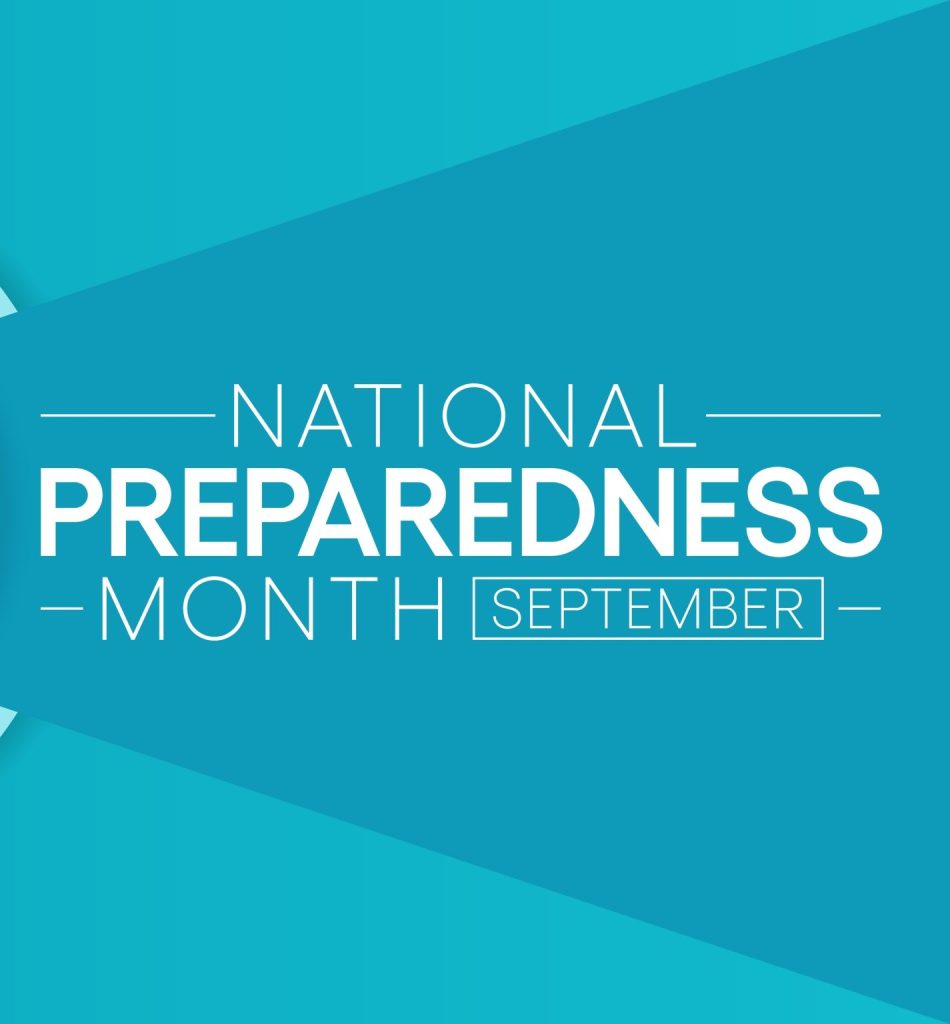What’s happening?
Research reveals that workers in industries like 3D printing, plastics manufacturing, textiles, recycling, and waste handling are routinely exposed to “the silent hazard” (airborne micro‑ and nanoplastics—tiny plastic fragments (< 5 mm)) suspended in the air. These particles go beyond nuisance dusts and can deeply infiltrate the body with potentially serious health effects.
Why EHS Professionals Should Care
- High occupational exposure vs. general populace
Some workplaces see plastic particle concentrations in the billions per cubic meter—far exceeding typical environmental levels.
- Special risk groups & exposure routes
- Respiratory: Particles <1 µm (PM1) can reach alveoli and enter the bloodstream.
- Dermal: Skin contact, especially with damaged skin, may allow nanoplastics to penetrate directly.
- Systemic distribution: Studies have found MNPs in lungs, liver, arterial plaque, placentas, and even brain tissue.
- Potential health impacts
Early findings indicate links to inflammation, respiratory issues, cardiovascular disease, neurological disorders (e.g., Parkinson’s-like patterns), reproductive effects, and even potential carcinogenicity—especially with PVC dust causing liver cancer in exposed workers.
Control strategies: what works
Engineering Controls
- Use local exhaust ventilation and HEPA filtration, proven effective for nanoparticle removal.
- For 3D printers, choose lower-emission polymers (e.g., PLA over ABS) and enable printed-in enclosure systems.
Administrative & PPE
- Provide protective clothing and gloves to reduce dermal exposure, along with proper sanitation protocols.
- Ensure respirators are rated for MNPs.
- Limit worker time in high-emission zones and enforce respirator use.
Monitoring & Risk Assessment
- Adopt emerging sampling techniques to quantify airborne MNPs (e.g., surface‑enhanced Raman, electron microscopy).
- Consider biomonitoring studies (e.g., blood, lung biopsies) to track internal exposure and health outcomes.
Training & Culture
- Raise awareness that microplastics are not just environmental—they’re an occupational concern, with health implications.
What EHS professionals can do
- Conduct exposure assessments in plastics-, textile-, or 3D-print-heavy operations.
- Develop control measures combining engineering, PPE, procedural, and monitoring strategies.
- Pilot biomonitoring programs in collaboration with occupational health providers.
- Advocate for awareness: include MNPs in industrial hygiene audits and risk assessments.
- Stay informed as regulations and guidelines evolve; NIOSH is actively studying workplace particle hazards.
Summary
Occupational exposure to micro‑ and nanoplastics is a hidden yet significant health hazard. With escalating evidence linking these particles to respiratory, cardiovascular, neurological, reproductive, and carcinogenic effects, it’s time for EHS professionals to recognize MNPs as a key risk—and take proactive steps: assess exposure, implement controls, train teams, and join the push for stronger guidance.



